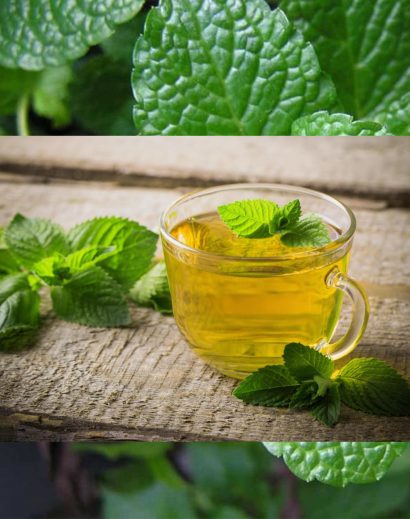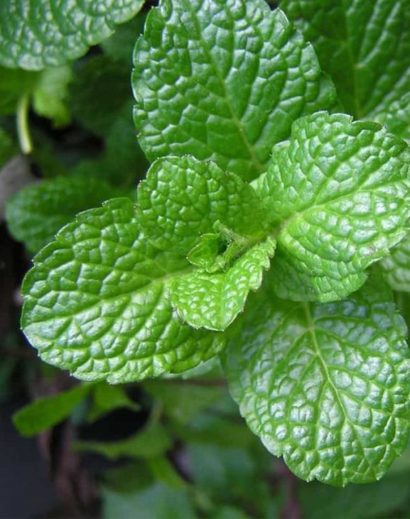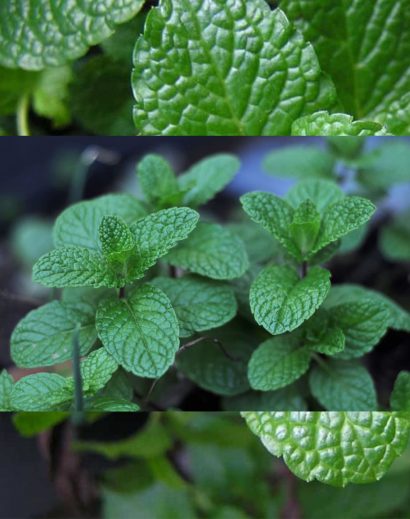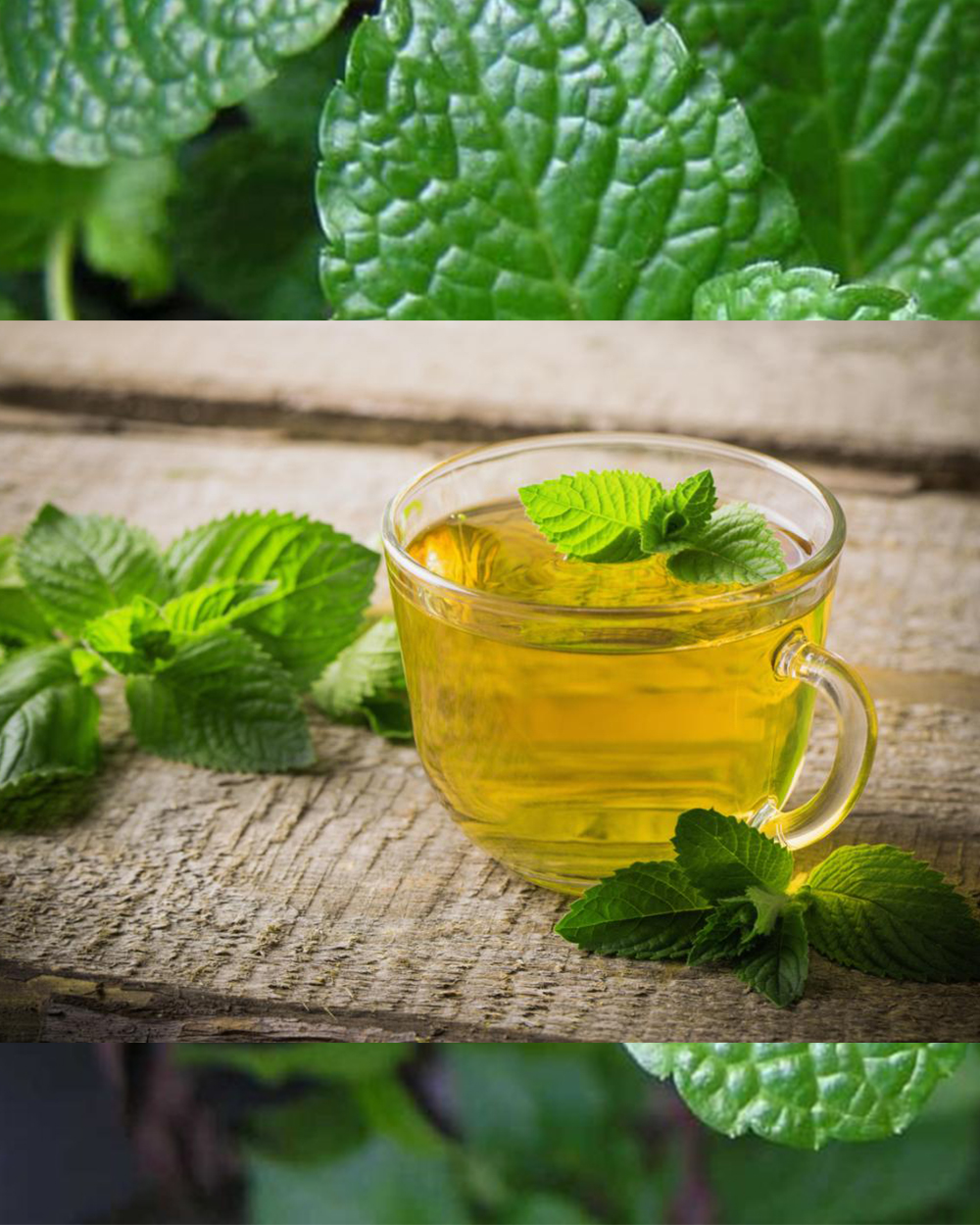Common Mint , also known as Slender Mint, is a hybrid mint variety that is popular for its culinary uses and aromatic qualities. Here is a description of Common Mint:
- Appearance: Common Mint is a perennial herb that typically grows to a height of about 1 to 2 feet (30 to 60 centimeters). It has a bushy and upright growth habit with square stems, which is a characteristic feature of the mint family (Lamiaceae). The leaves are lance-shaped, serrated along the edges, and arranged oppositely on the stems.
- Aroma and Flavor: Common Mint has a pleasant and refreshing aroma that is reminiscent of both peppermint and spearmint, but it tends to be milder in flavor compared to peppermint. It has a slightly sweet, minty taste with hints of both peppermint and spearmint.
- Culinary Uses: This mint variety is commonly used in culinary applications, similar to peppermint and spearmint. It can be used to flavor a wide range of dishes, including salads, beverages, desserts, and sauces. It pairs well with fruits, vegetables, and meats.
- Growth and Cultivation: Common Mint is relatively easy to grow and is adaptable to various soil types, but it thrives in well-drained, moist, and fertile soil. It prefers partial to full sunlight. It can be propagated through seeds, cuttings, or by dividing established plants. Due to its vigorous growth, it may spread quickly in garden beds if not contained.
- Medicinal Uses: Like other mint varieties, Common Mint is often used for its potential medicinal properties. It is believed to have digestive benefits and can be used to make herbal teas or infusions for this purpose. It may also provide relief from headaches and minor ailments.
- Ornamental Value: Common Mint is sometimes grown for its attractive foliage and can be used as a decorative plant in gardens and containers. Its green leaves and compact growth make it a visually appealing addition to herb gardens.
Common Mint is a versatile and widely available mint variety that can be used in a variety of culinary and herbal applications. It’s a popular choice for gardeners and cooks alike due to its pleasant flavor and ease of cultivation.






Reviews
There are no reviews yet.